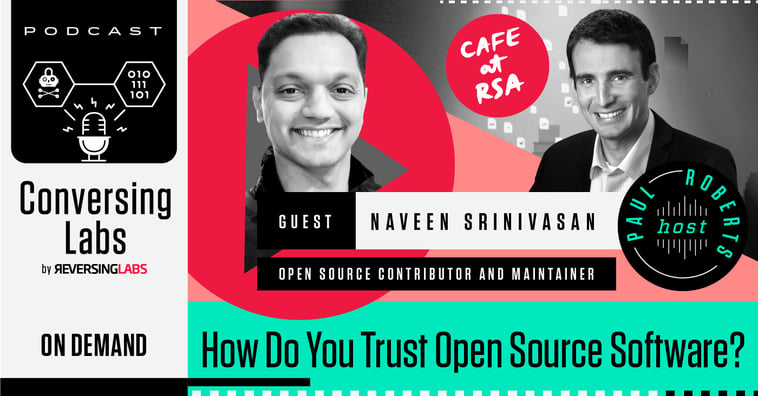ReversingGlass
Blog Report

Researchers exploit gaps in the connected vehicle supply chain
Learn moreConversingLabs

SQL injection — A malicious technique wherein attackers inject malicious SQL code into input fields of a web application to manipulate its underlying database. This can lead to data breaches, unauthorized access, and potential data loss.
Failing to understand and address SQL Injection can result in compromised customer data, financial losses, legal repercussions, and reputational damage.
Classic SQL injection: Attackers capitalize on inadequately sanitized user inputs in this technique. Exploiting the vulnerability, they sneak malicious SQL queries into the application's input fields. Once executed, these rogue queries can manipulate the database, potentially gaining unauthorized access to sensitive data. Preventing classic SQL injection requires meticulous validation and sanitization of user inputs to ensure that no unauthorized code infiltrates the database.
Blind SQL injection: Unlike classic SQL Injection, where attackers receive immediate feedback, blind SQL injection involves manipulating inputs without direct feedback. This technique demands a stealthier approach because attackers must infer the success or failure of their actions based on the application's response time or other subtle cues.
Time-based blind SQL injection: A more refined variant of blind SQL injection, this technique capitalizes on an application's response time. Attackers deliberately induce delays in the application's response to gauge whether the injected query caused any alterations in the database. If the response time changes, attackers can deduce that their malicious code influences the database. Advanced tactics are needed to mitigate this type of injection because it operates within a more covert framework.
Second-order SQL injection: Unlike the immediate damage caused in other types of SQL injection, second-order injection is a delayed-action exploit. Here, attackers introduce malicious code into an application, but the actual harm surfaces when the manipulated data is accessed or used later. This delayed activation makes detection and mitigation more difficult, requiring a vigilant approach to monitor and thwart potential future damage.
Out-of-band SQL injection: This technique showcases attackers' resourcefulness by employing alternative communication channels to extract data from the database. Unlike classic SQL injection, which relies on the application's inherent communication channels, this variant uses external connections to gather the compromised data. Detecting and preventing this type of attack requires monitoring and controlling the application's communication pathways within and beyond its intended boundaries.
Enhanced security: Recognizing SQL injection helps fortify applications, safeguarding sensitive data and maintaining customer trust.
Regulatory compliance: Understanding and preventing SQL injection aids in compliance with data-protection regulations.
Cost savings: Proactively addressing vulnerabilities reduces the financial impact of potential breaches.
Reputation management: Preventing attacks preserves a company's reputation and prevents negative PR.
Robust input validation: The foundation of any resilient defense against SQL injection rests on meticulous input-validation mechanisms. By implementing robust validation protocols, organizations ensure that only anticipated and sanitized data can enter the application. This practice is a barrier against unauthorized SQL code infiltrating the system through manipulated inputs. Robust input validation involves thorough checks for data type, length, and adherence to predefined patterns, effectively thwarting malicious attempts to exploit vulnerabilities.
Parameterized queries: These provide a separation between user inputs and SQL code. They prevent direct concatenation of user-provided data with query strings, thus eliminating the avenue through which attackers inject rogue SQL statements. Instead, parameterized queries treat user inputs as data and not executable code, rendering injection attempts futile. Organizations use this method to create an inherent barrier against unauthorized database access.
Web application firewalls: WAFs are designed to sift through incoming traffic, identifying and intercepting potentially malicious requests before they can reach the application's core. WAFs use signature-based and behavioral analysis techniques to filter out suspicious patterns, ensuring that only legitimate traffic proceeds. The deployment of WAFs enhances real-time protection and provides an added layer of defense against known and evolving SQL injection threats.
Regular security audits: The proactive identification and remediation of vulnerabilities are central to a comprehensive security strategy. Regular security audits allow organizations to thoroughly assess their application's codebase, architecture, and configurations. Through routine audits, potential weak points susceptible to SQL injection are unearthed, allowing prompt remediation before attackers can capitalize on them. These audits, often performed by specialized experts, provide insights into the evolving threat landscape and guide organizations in implementing necessary countermeasures.
E-commerce platforms: Protect customer payment data and personal information from unauthorized access.
Healthcare systems: Secure patient records and sensitive medical information against potential breaches.
Financial applications: Safeguard financial transactions and user credentials from exploitation.
Government portals: Prevent unauthorized access to citizen data stored in government databases.
For further insights into SQL injections, explore the following articles:


